[…]
September News 2022
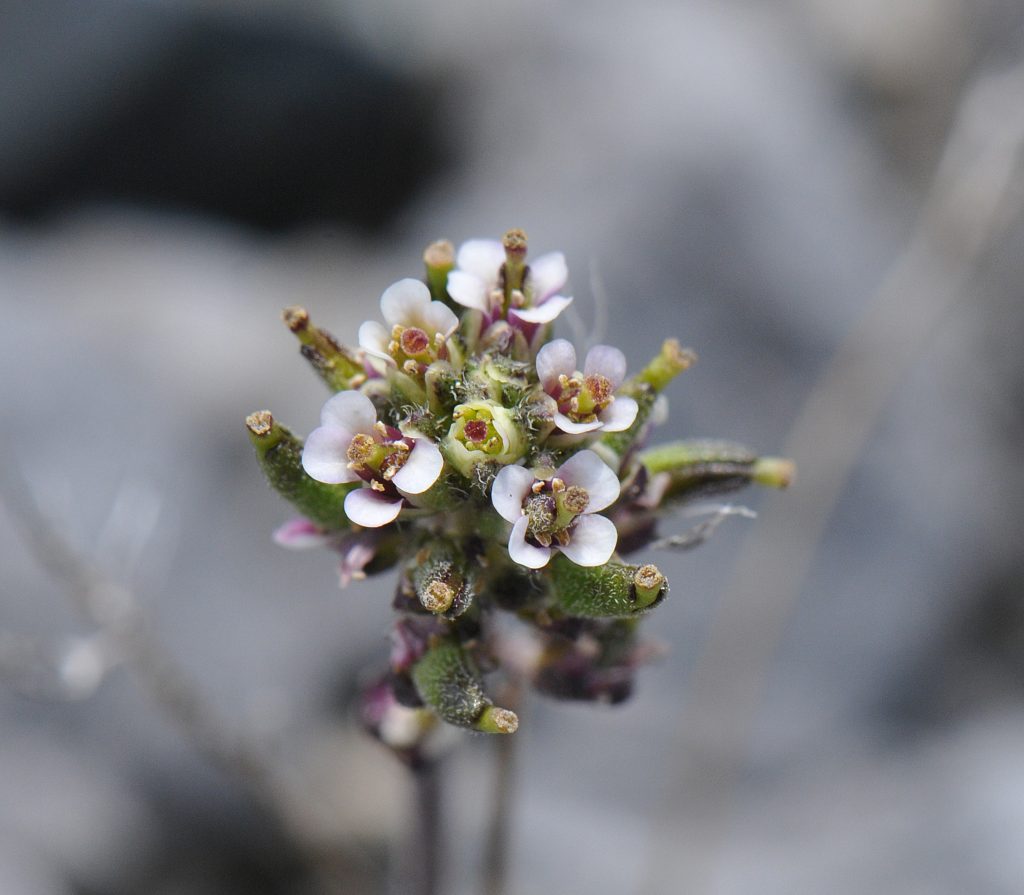

[…]
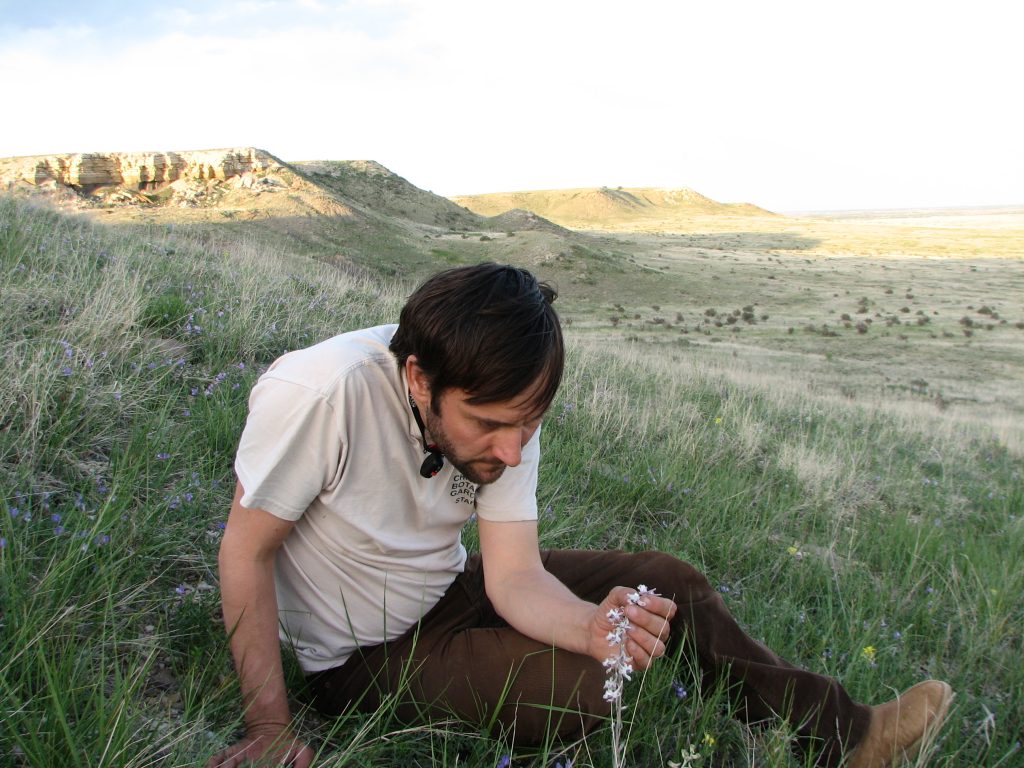
[…]

[…]
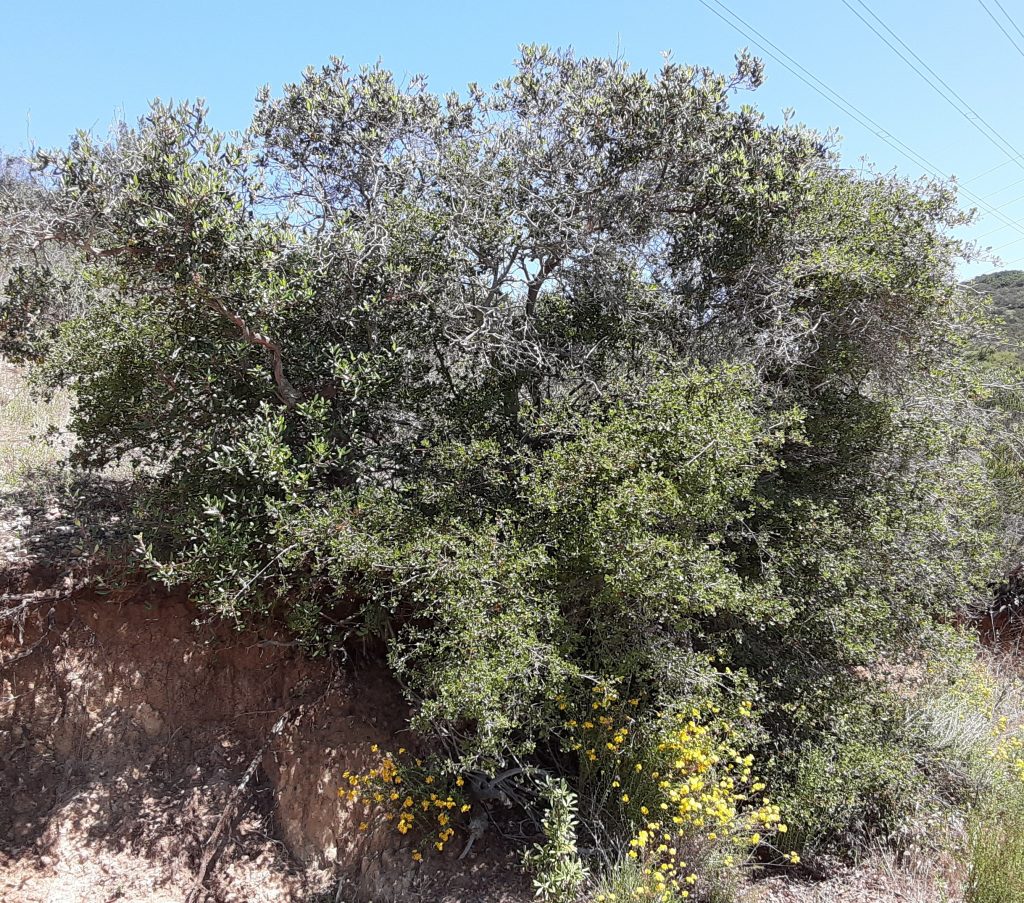
[…]
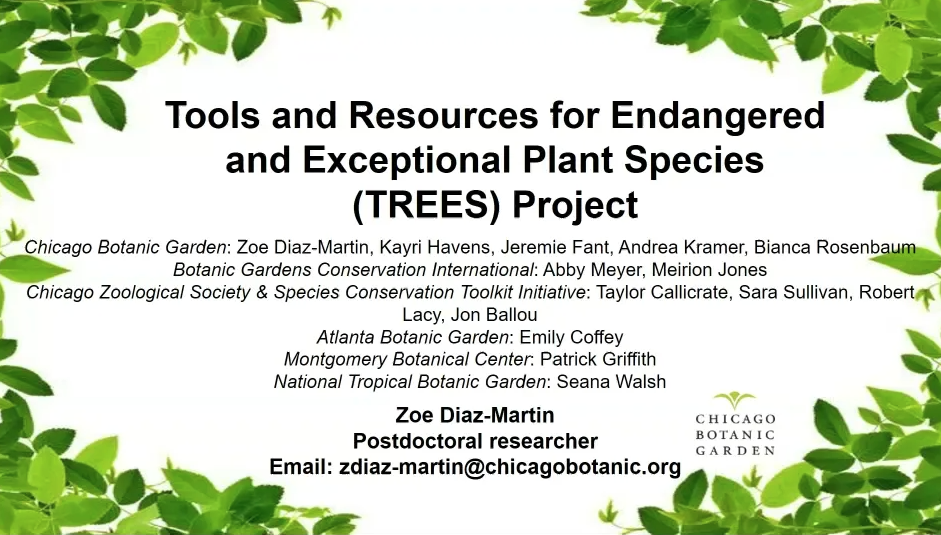
Zoe Diaz-Martin, Chicago Botanic Garden As global biodiversity continues to decline, how can we ensure the long-term conservation of exceptional plant species? Our collaborative project is addressing this question by developing tools and resources that will position botanic gardens as key players in global plant conservation. In adopting the successful framework used in the zoological community, […]
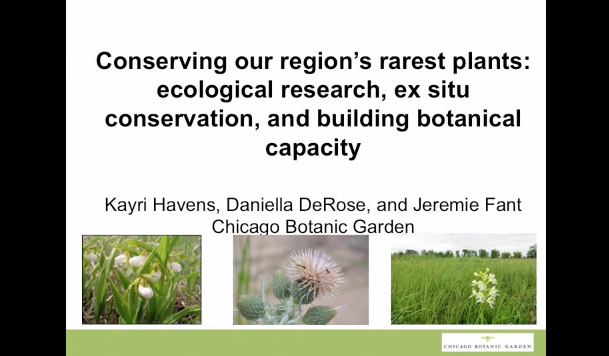
Kay Havens, Chicago Botanic Garden Chicago Botanic Garden’s Negaunee Institute for Plant Conservation and Science supports centers of excellence in conservation practice, science, and training, with an emphasis on understudied species with high conservation need. The research focuses primarily on preventing plant extinction, promoting plant diversity, and understanding plant interactions. Actions and outreach include advocacy, […]
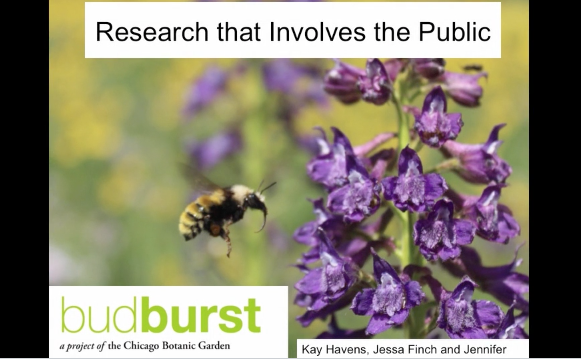
Kay Havens, Chicago Botanic Garden Plant conservation is promoted through outreach and advocacy. One way to cure plant blindness is by engaging the public in authentic research, as illustrated by the Bud Burst citizen science program. After 10 years of crowdsourcing phenology data, Bud Burst managers decided they could better engage the public by bringing them […]

Jeremie Fant, Chicago Botanic Garden This talk highlights the Chicago Botanic Garden’s work on adapting zoo conservation approaches for exceptional plant species. Challenges in ex situ conservation include genetic issues that arise from limited numbers of individuals and founders, and husbandry and hybridization issues encountered during the growing out of collections. A significant advantage in plant conservation is that seeds can be collected […]
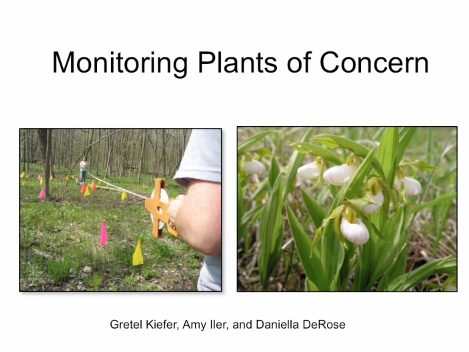
Daniella DeRose, Chicago Botanic Garden Chicago Botanic Garden’s Plants of Concern (POC) program is a collaboration between citizen scientists, natural resource managers, and researchers to collect data on rare plant populations in northeastern Illinois. The primary goal is to identify best conservation practices, while creating awareness and providing education on why conservation matters. POC engages […]
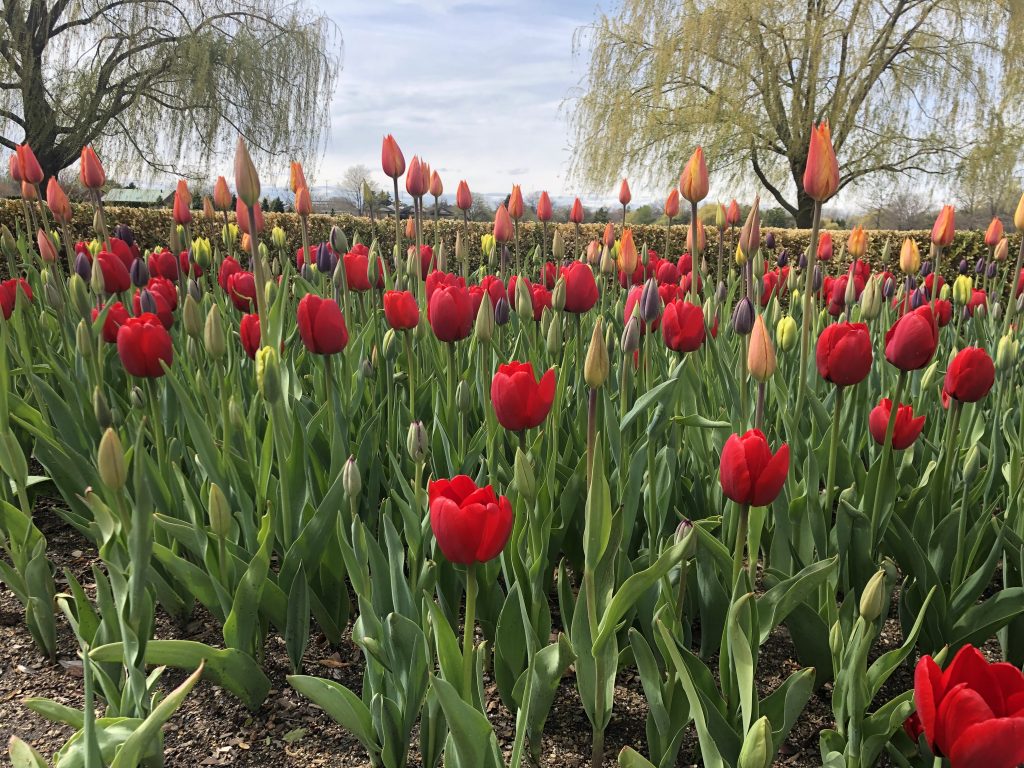
[…]
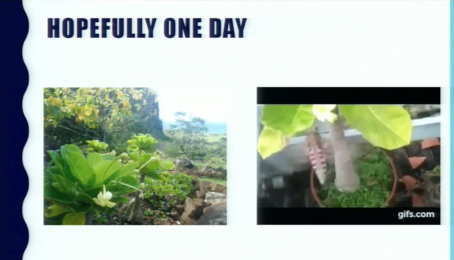
Jordan Wood, Jeremie Fant, Andrea Kramer and Kay Havens, Chicago Botanic Garden Genetics becomes important whenever populations become small (<100). This includes loss o fgenetic diversity from drift, increased expression of deleterious genes due to inbreeding, and limiting local adaptation. Since many species of plants are able to be seed banked, it is possible to […]
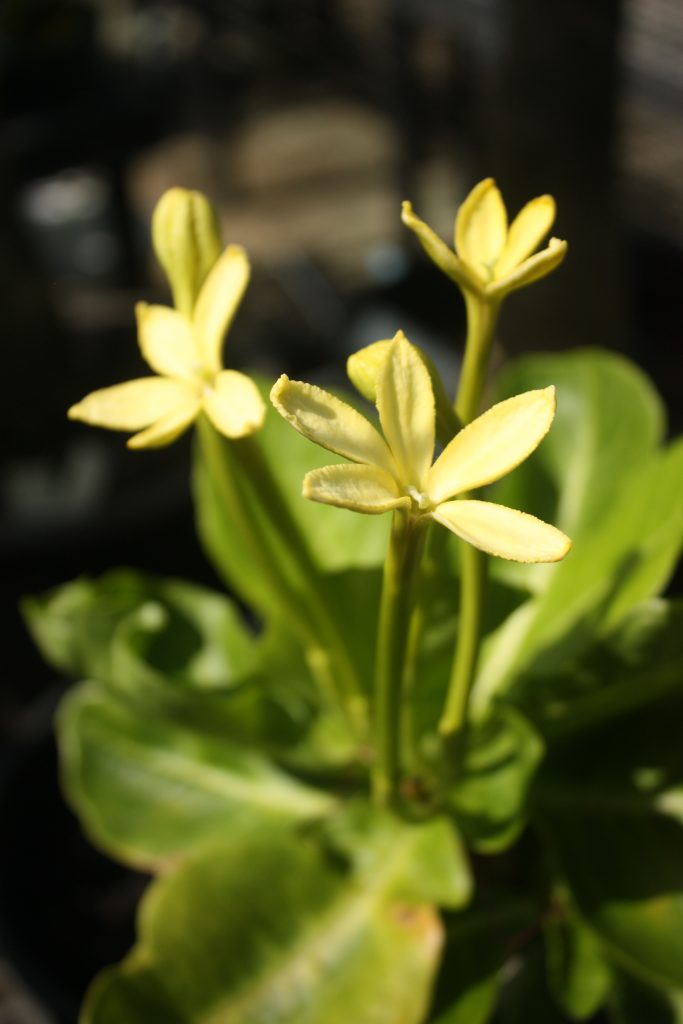
[…]
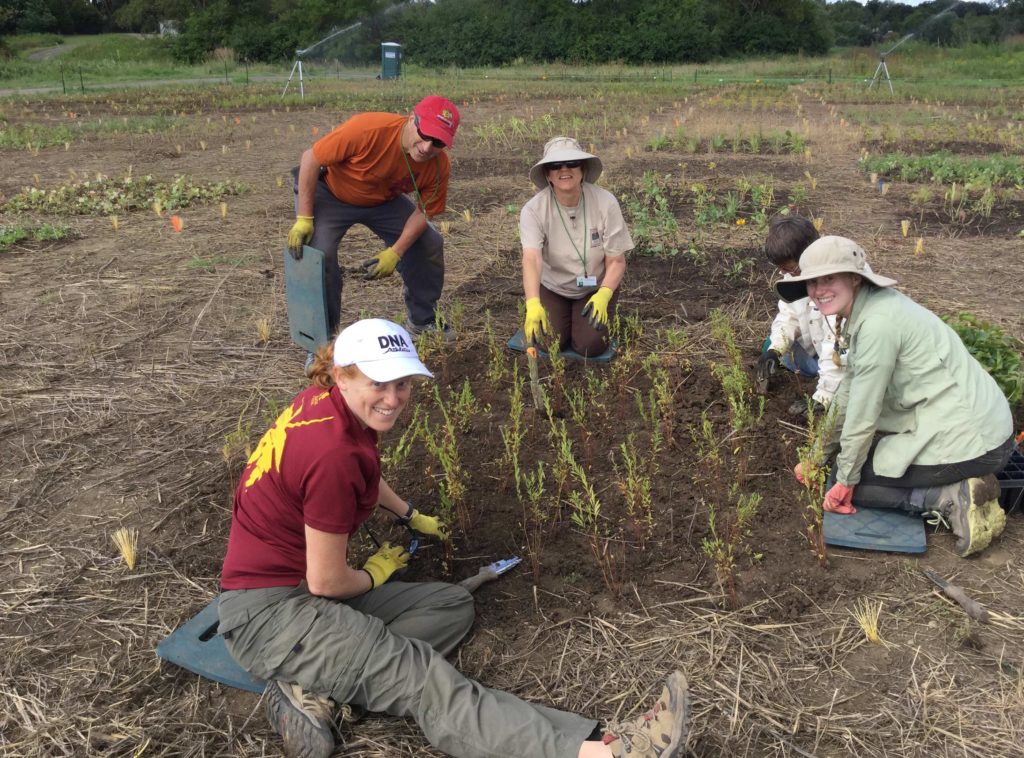
[…]

[…]